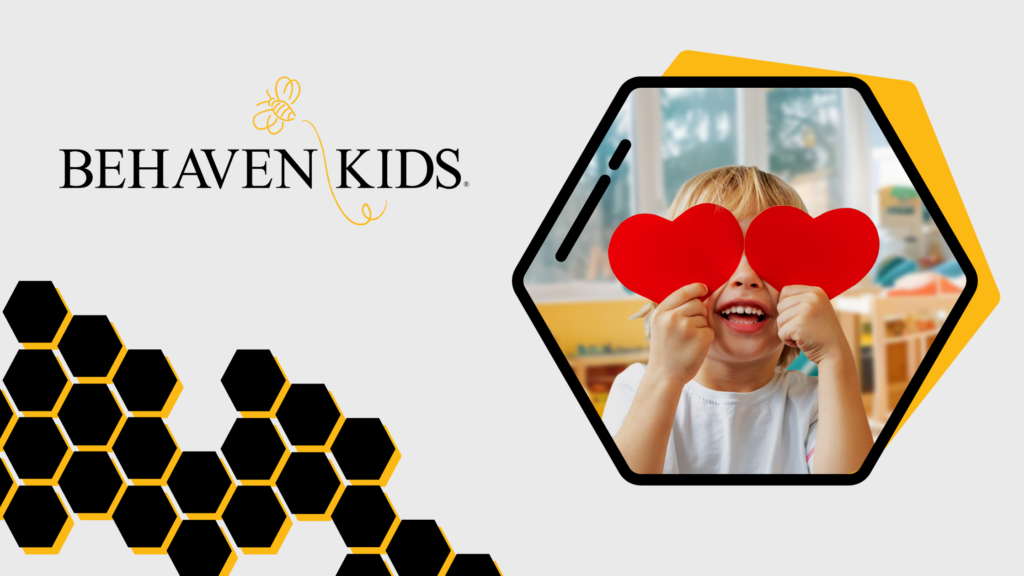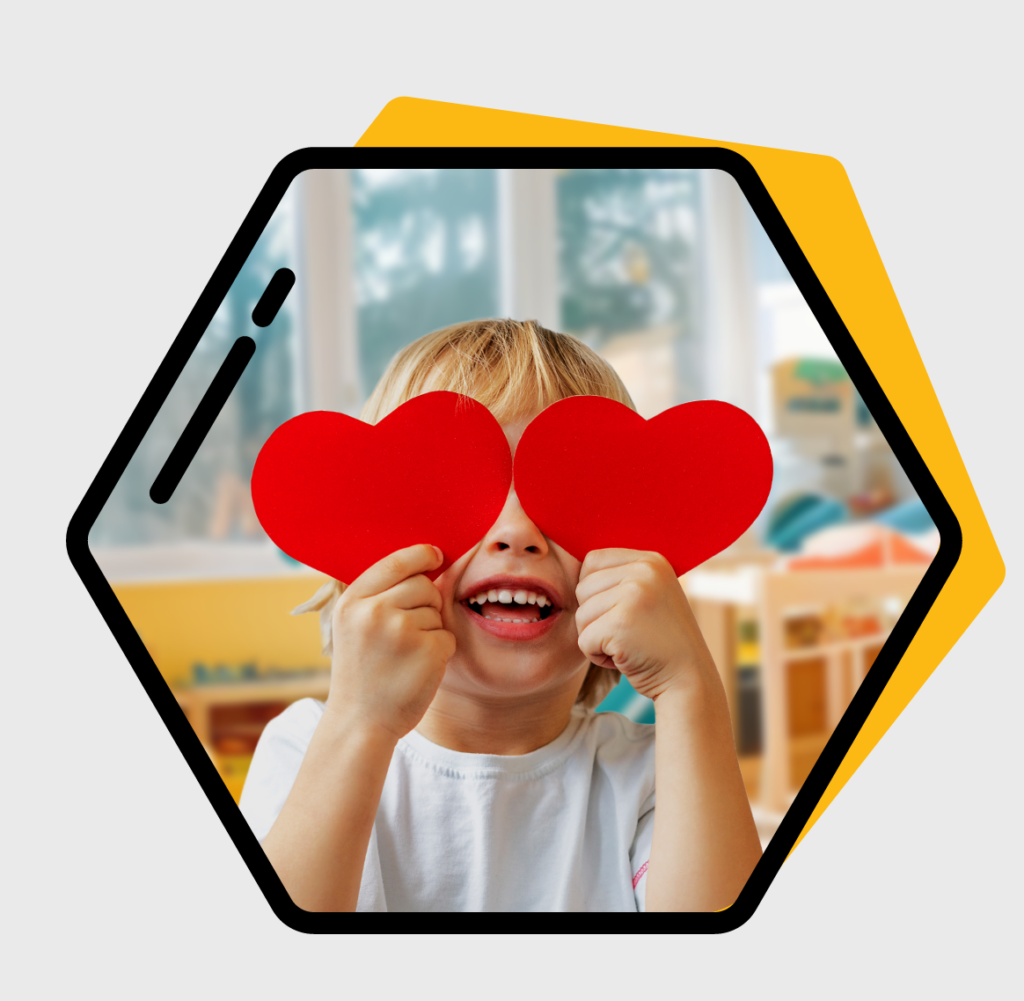
Valentine’s Day is one of the most loved holidays by children. Elementary school classrooms are filled with laughter, exchanging cards, fun activities, and candy. For Autistic Children, navigating the nuances of this holiday can present unique challenges.
In this article, we will explore the intricacies of Valentine’s Day for Children with Autism, shed light on the obstacles they may face, and offer guidance on how parents and caregivers can create an inclusive and enjoyable experience.
Understanding Autism:
Autism Spectrum Disorder (ASD) is a neurodevelopmental condition that affects individuals in various ways, impacting social communication and behavior. Children with autism often struggle with social interaction, sensory sensitives, and often find it challenging to interpret and express emotions. These factors can make traditional celebrations like Valentine’s Day difficult for them.
Valentine’s Day for school-aged children typically means themed class activities, exchanging of valentines, abnormal changes in schedule, and increased commotion. While intended to be fun, these contribute to making Valentine’s Day more complex for children with neuro-divergencies.
Communication Hurdles for Autistic Children:
One of the fundamental challenges for children with autism is communication. The gestures associated with Valentine’s Day can be more difficult for autistic children. Colloquial sayings like “Be my Valentine” can be confusing when taken in a literal sense, which is common in autistic minds. Other sayings we hear more often around Valentine’s Day like “I love you” can be a complicated subject for autistic children to understand. This would be a good opportunity to explain the boundaries surrounding love and affection. Taking this time to explain that we may enjoy spending time with someone, but it may not be appropriate to tell them we love them. Offer suggestions like “I enjoy spending time with you” or “I’m glad you’re my friend” as alternative statements. Parents and caregivers can help explain the meaning using visual aids, role-playing, and communicating with teachers to help build a plan that’s inclusive of their child’s needs when communicating to those around them.
Sensory Sensitivities:
Valentine’s Day is known for its vibrant colors, fragrant flowers, and sweet treats. However, for children with autism, sensory sensitivities may turn these elements into overwhelming stimuli. Bright lights, strong scents, and the taste or texture of certain foods can trigger discomfort. Consider celebrating in a sensory-friendly environment by dimming the lights and controlling the noise level. This provides a more comfortable experience for children with autism. Consider using some of these sensory activities in this article to help calm these stimuli.
Navigating Social Interactions:
Socializing can be challenging for children with autism, and the expectations surrounding Valentine’s Day may intensify these difficulties. Encourage inclusive activities focusing on shared interests, allowing for natural, relaxed interactions. Valentine’s Day is a great opportunity for non-verbal children to communicate with their peers through Valentines. Encourage them to create Valentines or select their favorite store-bought selection and sign their name. Another tip for non-verbal children would be entering “Happy Valentine’s Day” into their speech device to help teach this type of communication!
Creating Inclusive Celebrations:
To ensure an inclusive Valentine’s Day celebration, parents and caregivers can involve their child with autism in the planning process. These might include crafting personalized cards, creating sensory-friendly decorations, or choosing activities that cater to the child’s interests. Check out this article we have on Autism Friendly Valentine’s activities for some ideas. By tailoring the celebration to the child’s preferences, the day becomes a more enjoyable and meaningful experience.
Encouraging Positive Social Skills:
Valentine’s Day offers a valuable opportunity to teach empathy and understanding to all children. Parents, educators, and peers can foster an inclusive environment by promoting acceptance and celebrating differences. Encourage classmates to embrace the diversity of their peers and demonstrate kindness and compassion. This is a great opportunity for children to build their sharing and giving skills. Encourage them to practice giving Valentines or small gifts in a polite manner. Explain the proper way to receive gifts from their peers gratefully by saying “Thank you!” or acknowledging them with a smile for our non-verbal friends. Speak to your child’s teacher to find ways to implement these ideas in the classroom.
Conclusion:
While Valentine’s Day can pose challenges for children with autism, thoughtful planning and consideration can create a positive and inclusive experience. At the same time, it can be fun and bring many opportunities for learning and growth. By understanding and accommodating the unique needs of children with autism, we can include everyone in the celebration and create a sense of belonging for all!

